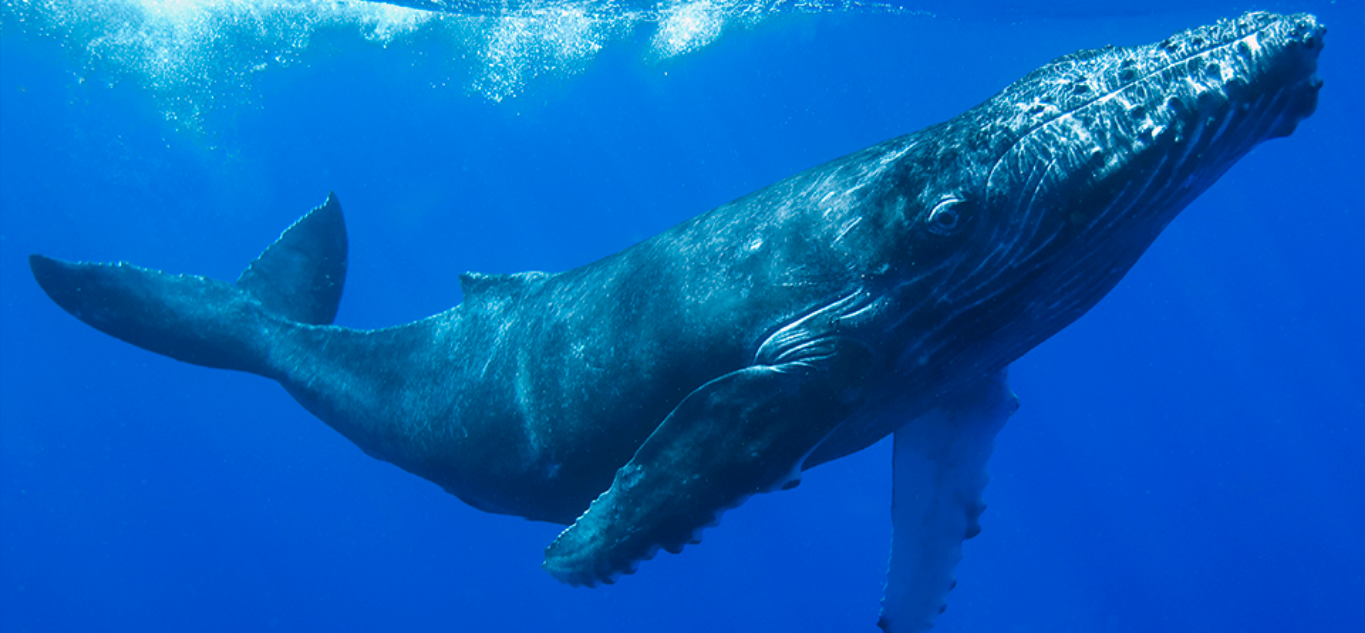





Copyright infringement not intended
Picture Courtesy: https://www.prideofmaui.com/blog/maui/maui-whale-watching-faq
Context: Homosexuality in the animal kingdom is not uncommon, as evidenced by the recent sighting of two male humpback whales engaging in sexual activity.
Details
The "Darwinian Paradox"
Explaining Homosexuality
Homosexuality as an Adaptation
|
Humpback Whales |
|
|
Key Points |
Details |
|
Scientific Name |
Megaptera novaeangliae |
|
Size |
Adults typically range from 40 to 50 feet (12 to 16 meters) in length. |
|
Weight |
Adult humpback whales can weigh between 25 to 40 tons. |
|
Lifespan |
Estimated to be around 50 years, though some individuals have been known to live beyond 80 years. |
|
Diet |
Primarily filter feeders, they consume small fish and plankton by lunging through groups of prey. |
|
Feeding Mechanism |
Baleen plates in their mouths allow them to filter food from the water. |
|
Migration |
Humpback whales are known for their long-distance migration, travelling between feeding and breeding grounds. |
|
Breeding Grounds |
Common breeding grounds include tropical and subtropical waters. |
|
Mating Behavior |
Mating behaviours involve complex vocalizations, breaching, and other acrobatic displays. Male humpbacks may also compete for female attention. |
|
Gestation Period |
Approximately 11 months |
|
Calves |
Typically, a single calf is born, and the mother provides care and protection. |
|
Communication |
Humpback whales are known for their intricate songs, which can last up to 20 minutes or more. |
|
Conservation Status |
Generally considered a species of "Least Concern," but some populations face threats from entanglement in fishing gear, ship strikes, and habitat degradation. |
|
Notable Features |
Long pectoral fins, distinctive hump in front of the dorsal fin, knobbly head, and unique tail markings (flukes) are used for individual identification. |
|
Social Structure |
Generally, humpback whales are social animals and can be seen in groups, though they may also exhibit solitary behaviour. |
|
Notable Behaviors |
Breaching (leaping out of the water), tail slapping, flipper slapping, spyhopping (raising head vertically out of the water to observe surroundings). |
Conclusion
|
PRACTICE QUESTION Q. What is the primary feeding mechanism of Humpback Whales? A) Suction feeding B) Filter feeding C) Jaw snapping D) Predatory lunging Explanation: Humpback whales have baleen plates in their mouths that act as a filter to capture small fish and plankton. During feeding, the whale opens its mouth, takes in a large volume of water, and then pushes the water out through the baleen plates, trapping prey inside for consumption. |







© 2025 iasgyan. All right reserved